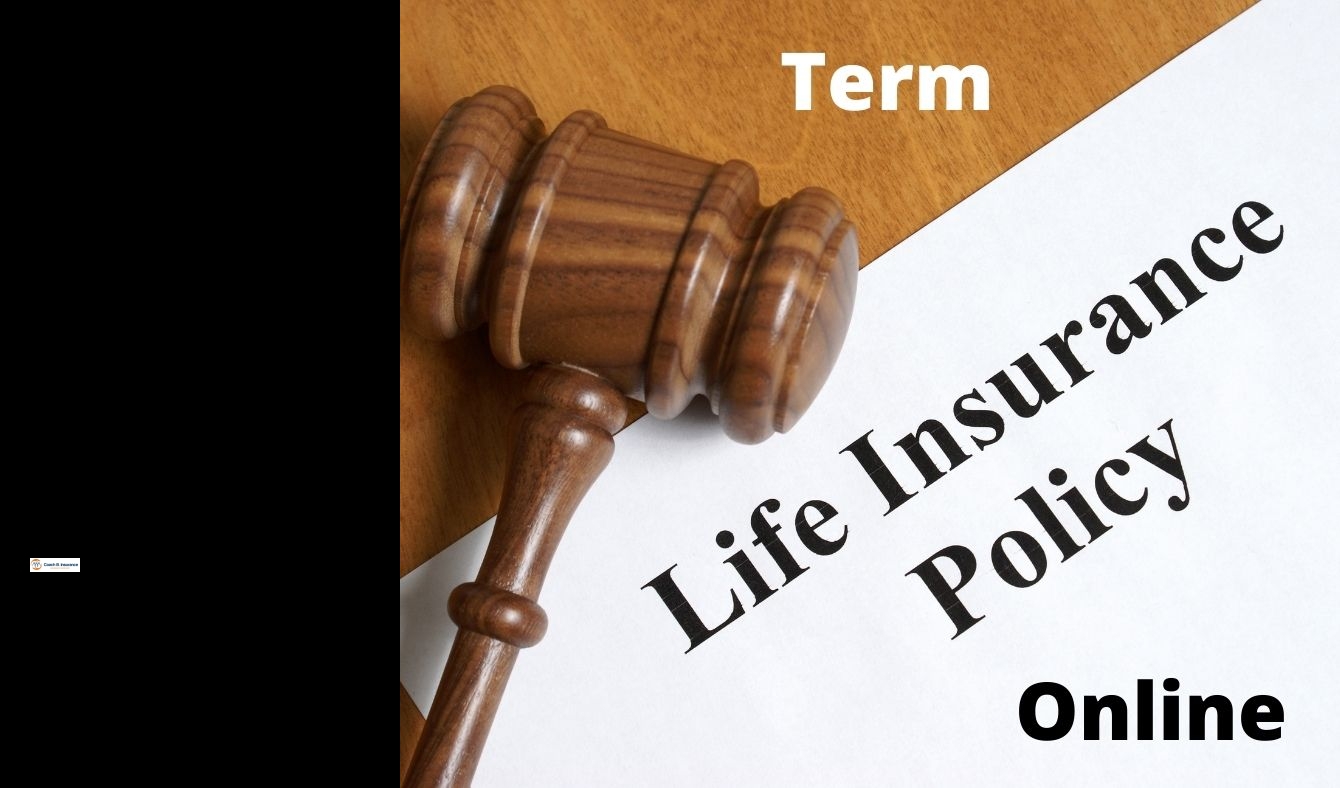what is level term life insurance
It can be overwhelming to navigate the many types of life insurance available, especially if this is your first policy. Hence, many customers choose term insurance. It's a good choice for most people, especially for young families with limited budgets who need temporary coverage. Here are four benefits of term life insurance.
Convenience: If you don't want the hassle of a medical exam, simplified insurance can be a good choice. Recent research has shown that 47% of Americans prefer to purchase life insurance via a simplified process.



